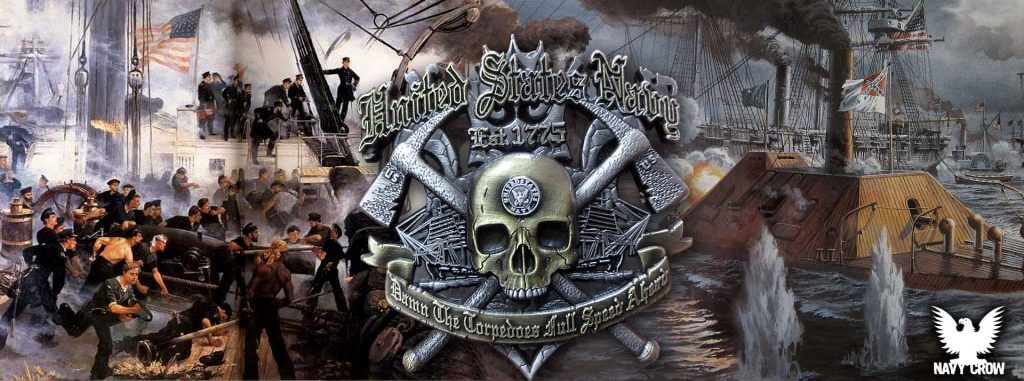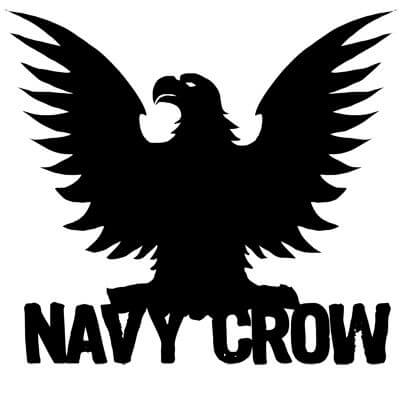Celebrating the Birth of the U.S. Navy! On June 5, 1794, a significant moment in American history unfolded as the first officers of the United States Navy were appointed under the Constitution. This milestone marked the establishment of a naval force that would become integral to the nation’s security and maritime prowess. Let’s delve into the story behind this pivotal event and explore the notable captains who were entrusted with superintending the construction of new ships: John Barry, Samuel Nicholson, Silas Talbot, Joshua Barney, Richard Dale, and Thomas Truxtun.

The Birth of the U.S. Navy: The founding of the U.S. Navy can be traced back to the early days of the American Revolution. Recognizing the importance of naval power in safeguarding the nation’s interests, the Continental Congress authorized the creation of a fleet in 1775. However, it wasn’t until the ratification of the Constitution in 1789 that the permanent foundation for the Navy was laid.
Appointment of the First Officers: In 1794, six distinguished captains were chosen to oversee the construction of new ships, a critical step in establishing a robust naval force. Among these visionary leaders was John Barry, a celebrated Irish-born naval officer known as the “Father of the American Navy.” Barry’s remarkable career would leave an indelible mark on the Navy’s early development.
Samuel Nicholson, another officer appointed during this period, would later play a significant role in the War of 1812. Silas Talbot, a seasoned seafarer with a wealth of experience, brought invaluable expertise to the construction and management of the Navy’s fleet. Joshua Barney, a decorated Revolutionary War hero, was instrumental in shaping the Navy’s tactics and training methods.

Richard Dale, recognized for his bravery during the Quasi-War with France, and Thomas Truxtun, renowned for his successful engagements against French privateers, completed the group of remarkable officers entrusted with building the Navy from its nascent stage.
Their Contributions and Legacy: The appointments of these esteemed captains laid the groundwork for the growth and success of the U.S. Navy. Their combined leadership, strategic vision, and naval expertise were instrumental in transforming the Navy into a formidable force that would safeguard American interests both at home and abroad.
Under their guidance, the Navy expanded its fleet, improved shipbuilding techniques, and established a culture of professionalism and excellence. These captains set a high standard for future generations of naval officers, shaping the Navy’s identity and instilling a sense of pride and dedication in all who would follow in their footsteps.

Beyond their immediate contributions, these visionary officers paved the way for the Navy’s enduring legacy. The Navy would go on to play pivotal roles in defending American interests during conflicts such as the War of 1812, the Civil War, World War I, World War II, and countless other engagements. Today, the U.S. Navy stands as a symbol of American strength, readiness, and global influence.
Conclusion: On June 5, annually commemorated, we celebrate the appointment of the first officers of the U.S. Navy under the Constitution. The six captains selected to superintend the construction of new ships—John Barry, Samuel Nicholson, Silas Talbot, Joshua Barney, Richard Dale, and Thomas Truxtun—were instrumental in establishing the foundation of the Navy we know today. Their leadership, courage, and dedication set the stage for the Navy’s growth and success, leaving an indelible legacy that continues to inspire and guide future generations of sailors. As we honor this historic milestone, let us recognize the vital role of the U.S. Navy in safeguarding our nation’s security and promoting global stability.
For more information about Celebrating the Birth of the U.S. Navy please contact us at hq@navycrow.com.






